Three Incredibly Simple Ways to Maintain a Strong Immune System
During the COVID-19 pandemic, taking steps to protect yourself from contracting the virus is essential. That means you need to prioritize boosting your immune system. Although a strong immune system always plays a crucial role in your health, right now, it’s particularly important.
Strengthening your immune response is also fairly easy. While you should remember that none of these tips are substitutes for seeking medical care if you believe you have COVID-19 or are in danger of contracting it, you should consider the following ways – from cooking healthy recipes to getting enough sleep – that you can keep your immune system strong during a pandemic.
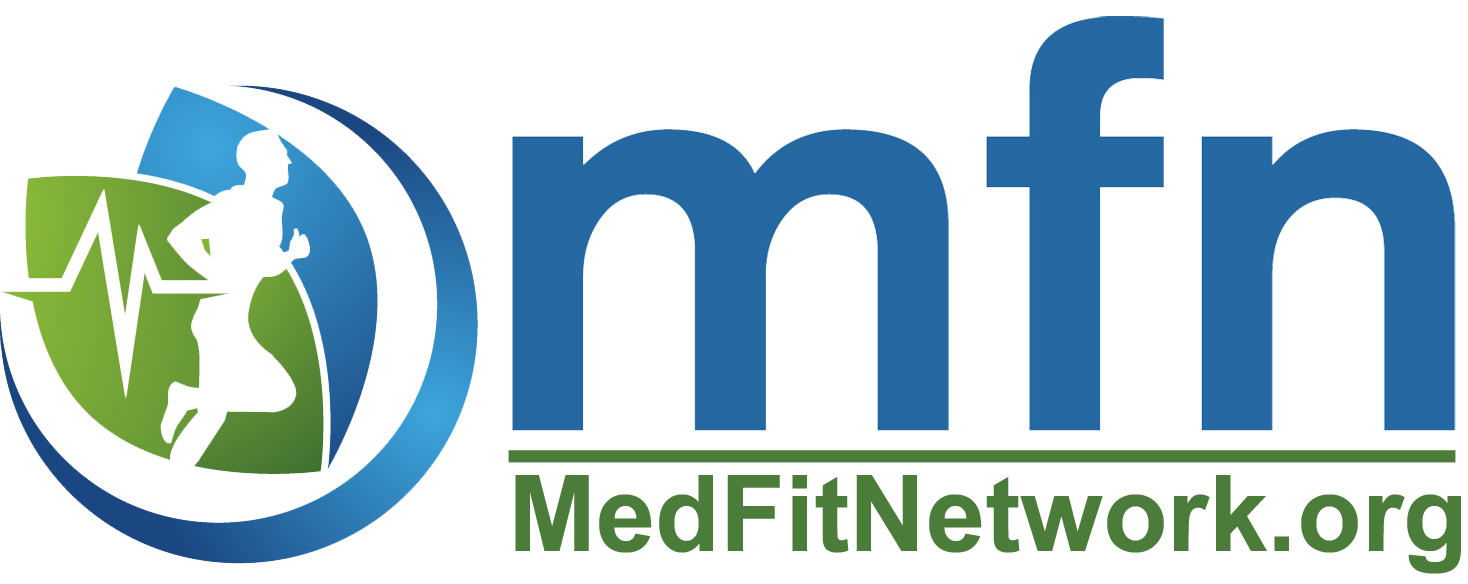


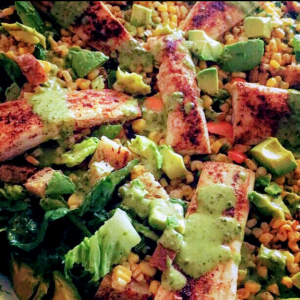 Summertime is the season for fresh herbs. If you don’t like cilantro, flat-leaf parsley works well.
Summertime is the season for fresh herbs. If you don’t like cilantro, flat-leaf parsley works well.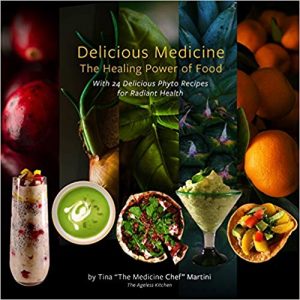
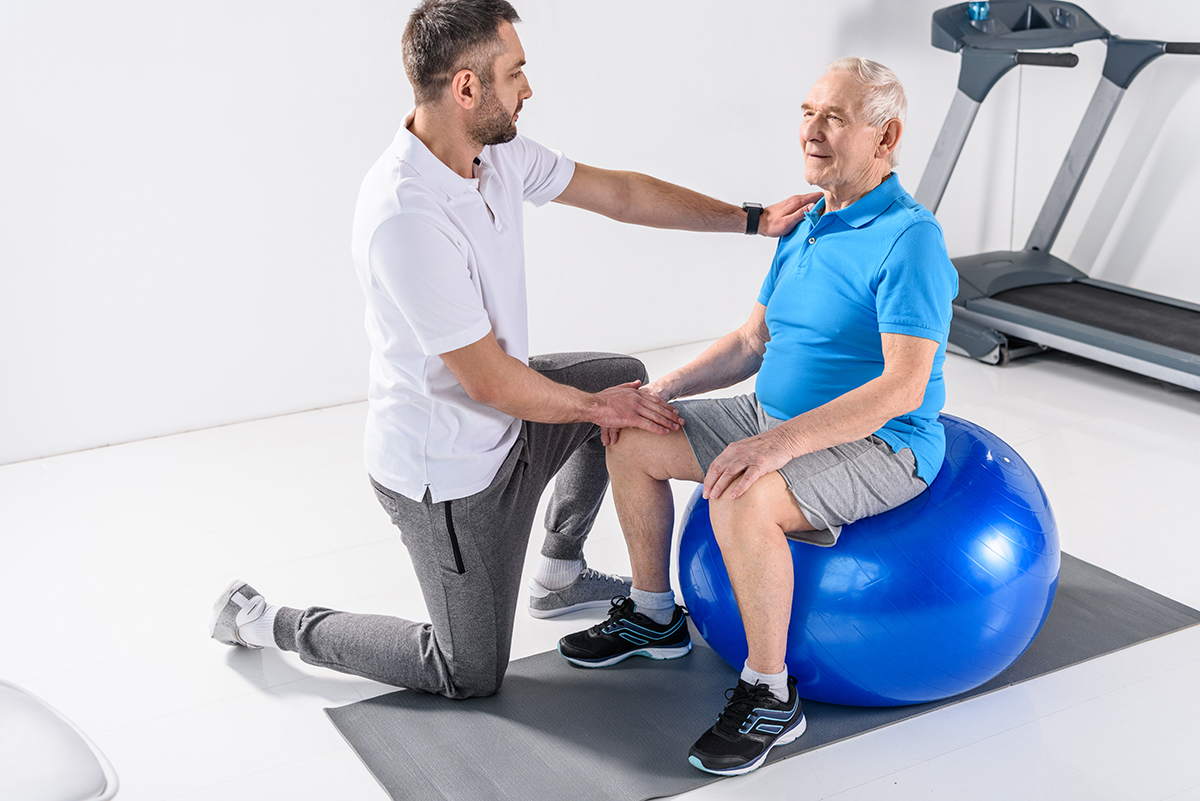


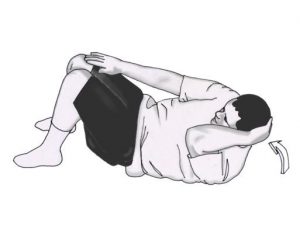

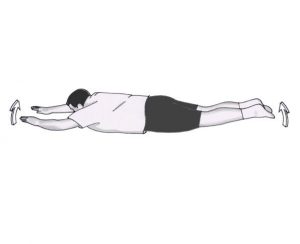

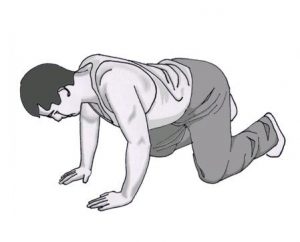






 A large study showed that mild to moderate exercise, performed about three times a week, reduced the risk of dying during the Hong Kong flu outbreak in 1998. The Hong Kong study was performed on 24,656 Chinese adults who died during this outbreak. This study showed that people who did no exercise at all,
A large study showed that mild to moderate exercise, performed about three times a week, reduced the risk of dying during the Hong Kong flu outbreak in 1998. The Hong Kong study was performed on 24,656 Chinese adults who died during this outbreak. This study showed that people who did no exercise at all, 
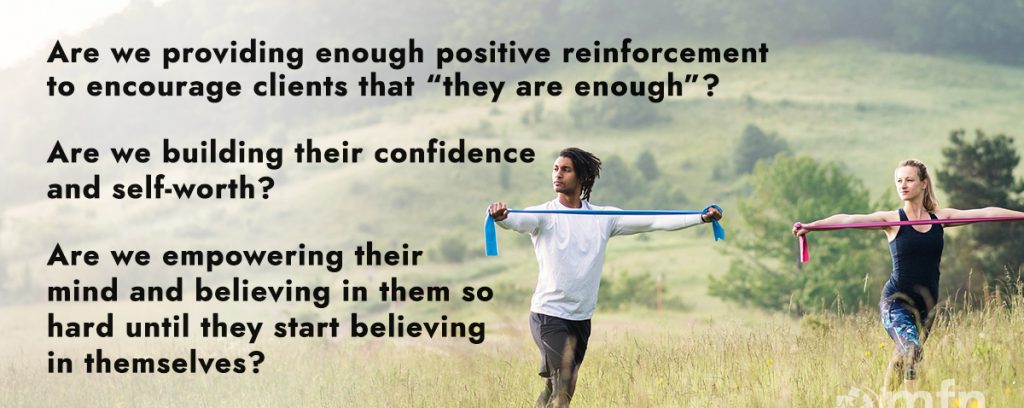
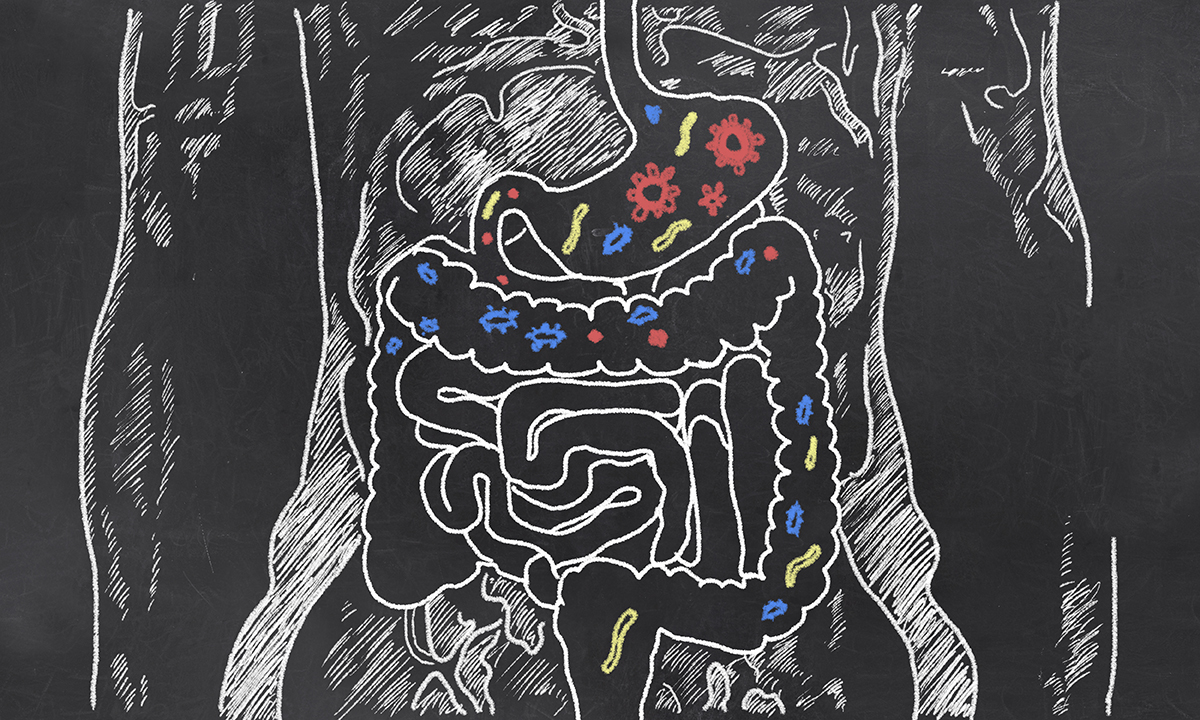
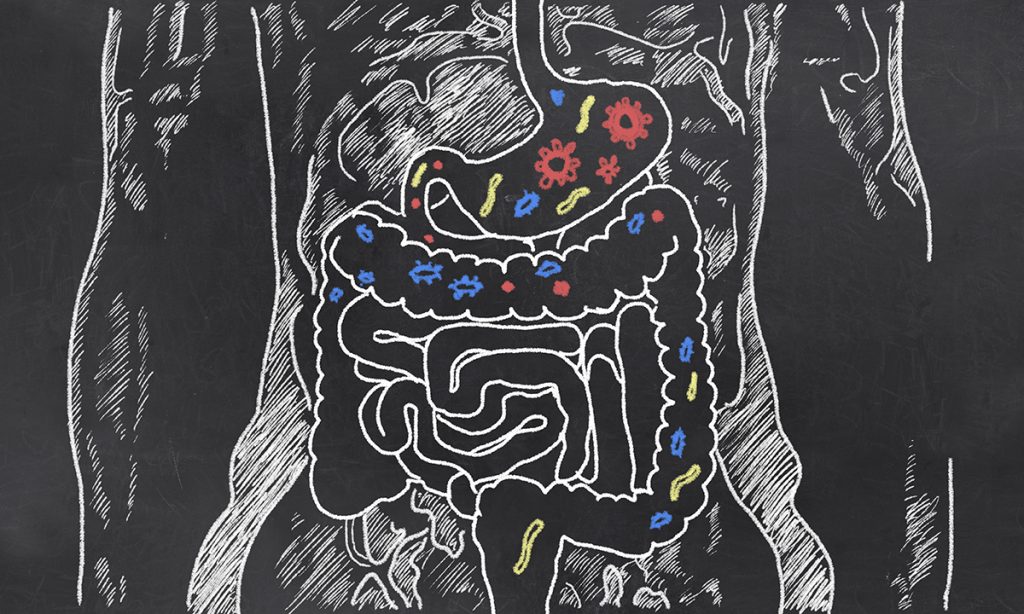 Stay calm. Being anxious about intestinal issues can exacerbate the problem. Think positive. Trust that your gut is adaptable and trainable. Record what, when, and how much you eat, as well as the duration and intensity of your exercise. Use that data to help you figure out what foods and fluids settle best. Building body trust can reduce anxiety—and that can reduce GI issues. That said, precompetition nerves can affect any athlete, regardless of GI hardiness!
Stay calm. Being anxious about intestinal issues can exacerbate the problem. Think positive. Trust that your gut is adaptable and trainable. Record what, when, and how much you eat, as well as the duration and intensity of your exercise. Use that data to help you figure out what foods and fluids settle best. Building body trust can reduce anxiety—and that can reduce GI issues. That said, precompetition nerves can affect any athlete, regardless of GI hardiness!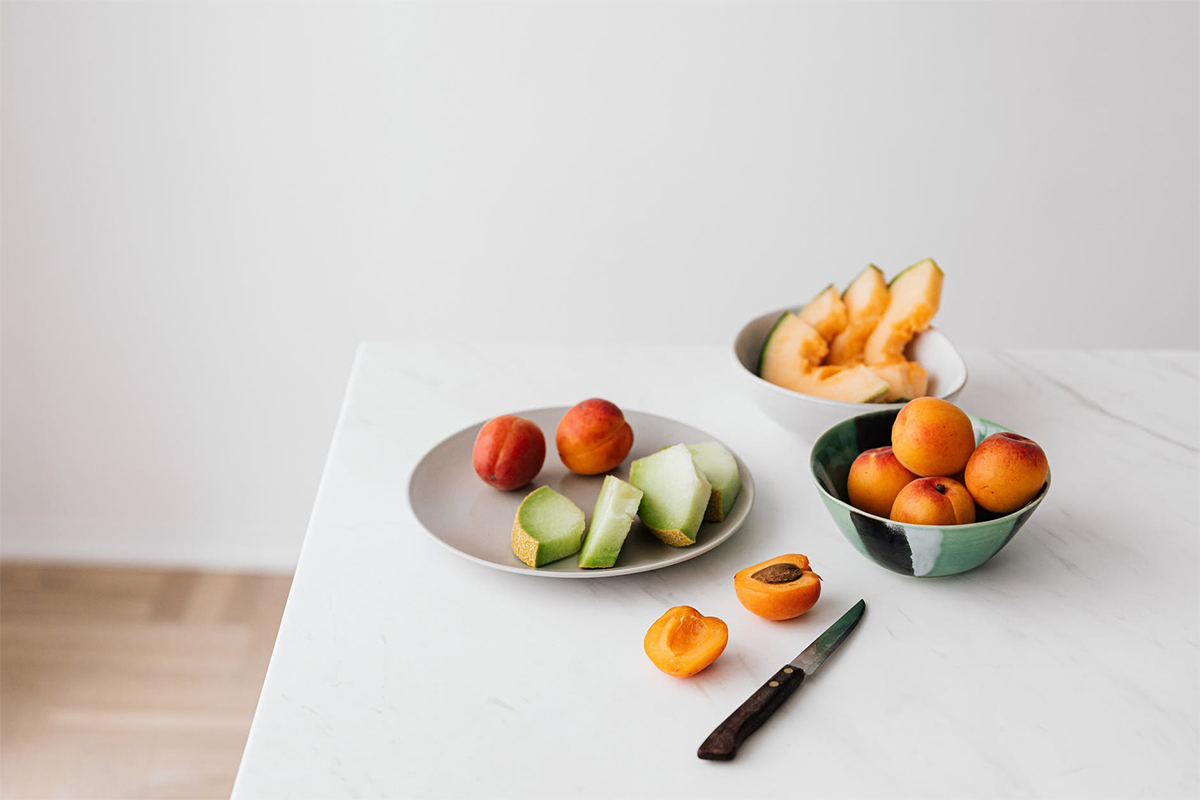
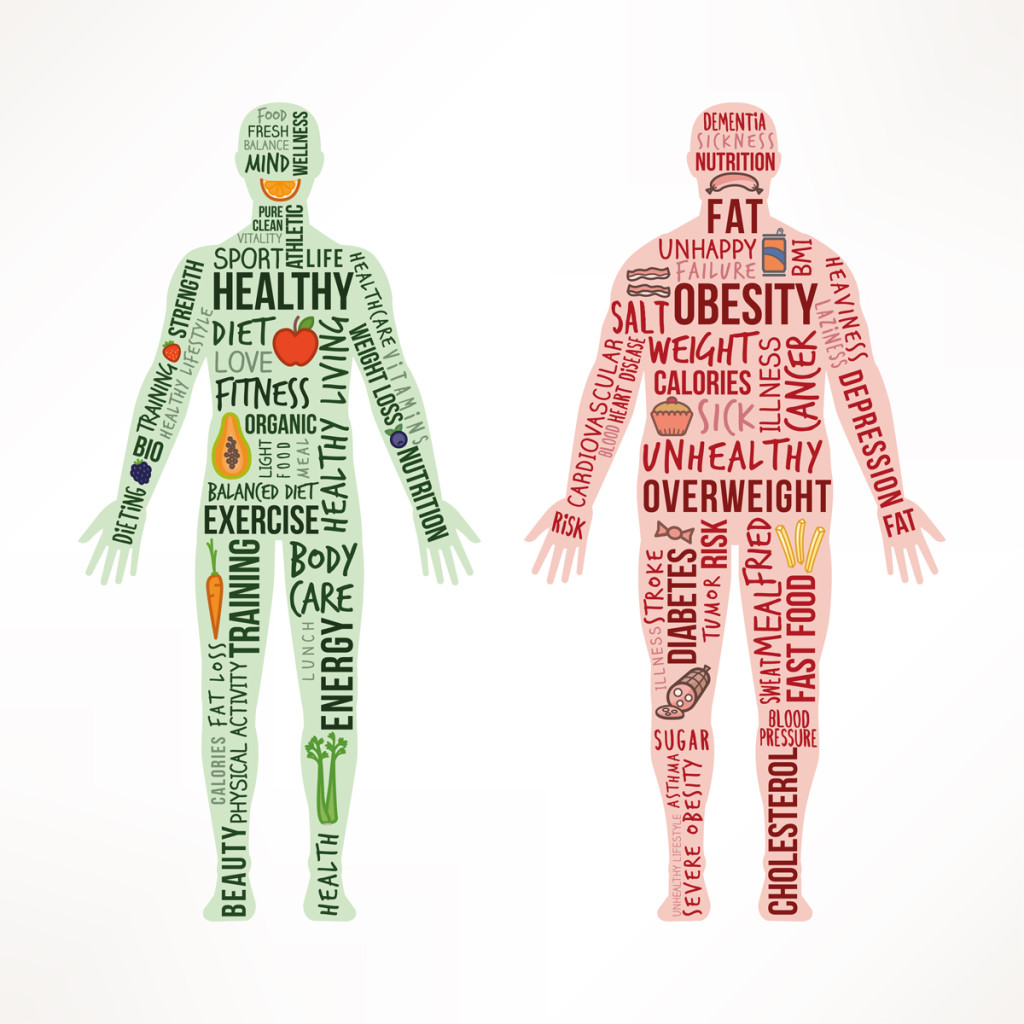
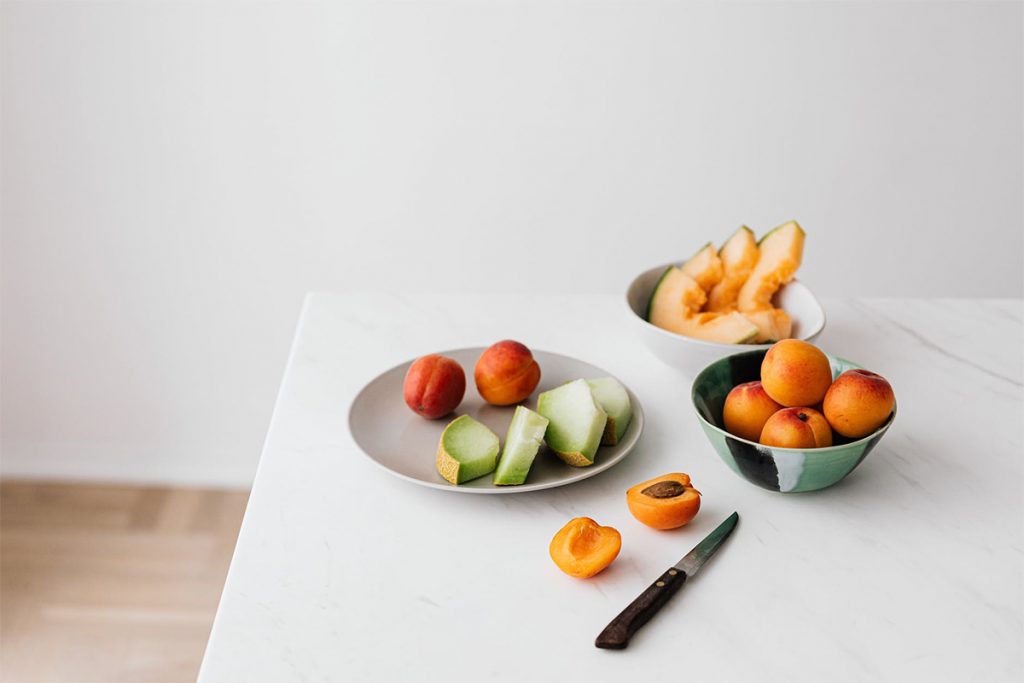 What-to-Eat Rx: Fresh, Whole, Inverse
What-to-Eat Rx: Fresh, Whole, Inverse
 I was making presentations in healthy aging and how to train elderly people in 2014, joined with and became a master trainer for an emerging group at the time, and got certified in functional aging. I had met with this energetic woman in Orange County who was starting a network for medical fitness — any guesses? Yes, Lisa Dougherty was super passionate about it and was busy enlisting all kinds of groups to collaborate with her. After working for the American Council on Exercise and knowing their interest in this market sector, I too saw an interesting niche in the fitness and health market that was not getting filled. The gap between an allied health care professional’s treatment and true functional health for any individual, but especially an aging one. Phil Kaplan has written and spoken quite a bit on this and labeled it as the “new blue ocean.” As he mentions, it is not a small niche, but a huge market opportunity, and it is driven by people valuing their health and quality of life.
I was making presentations in healthy aging and how to train elderly people in 2014, joined with and became a master trainer for an emerging group at the time, and got certified in functional aging. I had met with this energetic woman in Orange County who was starting a network for medical fitness — any guesses? Yes, Lisa Dougherty was super passionate about it and was busy enlisting all kinds of groups to collaborate with her. After working for the American Council on Exercise and knowing their interest in this market sector, I too saw an interesting niche in the fitness and health market that was not getting filled. The gap between an allied health care professional’s treatment and true functional health for any individual, but especially an aging one. Phil Kaplan has written and spoken quite a bit on this and labeled it as the “new blue ocean.” As he mentions, it is not a small niche, but a huge market opportunity, and it is driven by people valuing their health and quality of life.